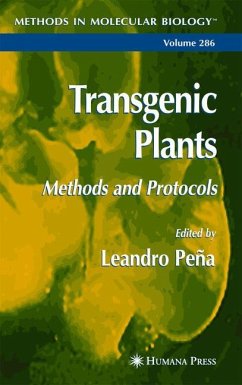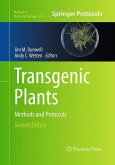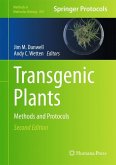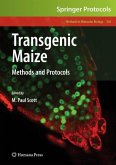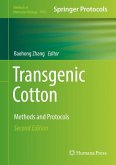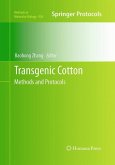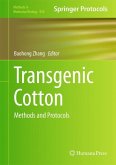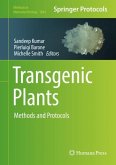The aim of Transgenic Plants: Methods and Protocols is to provide a source of information to guide the reader through a wide range of frequently used, broadly applicable, and easily reproducible techniques involved in the gene- tion of transgenic plants. Its step-by-step approach covers a series of methods for genetically transforming plant cells and tissues, and for recovering whole transgenic plants from them. The volume then moves on to the use of sele- able and reporter markers, positive selection, marker elimination after rec- ery of transgenic plants, and the analysis of transgene integration, expression, and localization in the plant genome. Although contributors usually refer to model plants in most chapters, the protocols described herein should be widely applicable to many plant species. The last two sections are devoted to me- ods of risk assessment and to exploring the current and future applications of transgenic technology in agriculture and its social implications in a case study. Transgenic Plants: Methods and Protocols is divided into six major s- tions plus an introduction, comprising 27 chapters. Part I, the Introduction, is a review of the past, present, and perspectives of the transgenic plants, from the discovery of Agrobacterium tumefaciens as a feasible transformation vector, to its use as a tool to study gene expression and function, and the current and possible future applications of this technology in agriculture, industry, and medicine.
Bitte wählen Sie Ihr Anliegen aus.
Rechnungen
Retourenschein anfordern
Bestellstatus
Storno

